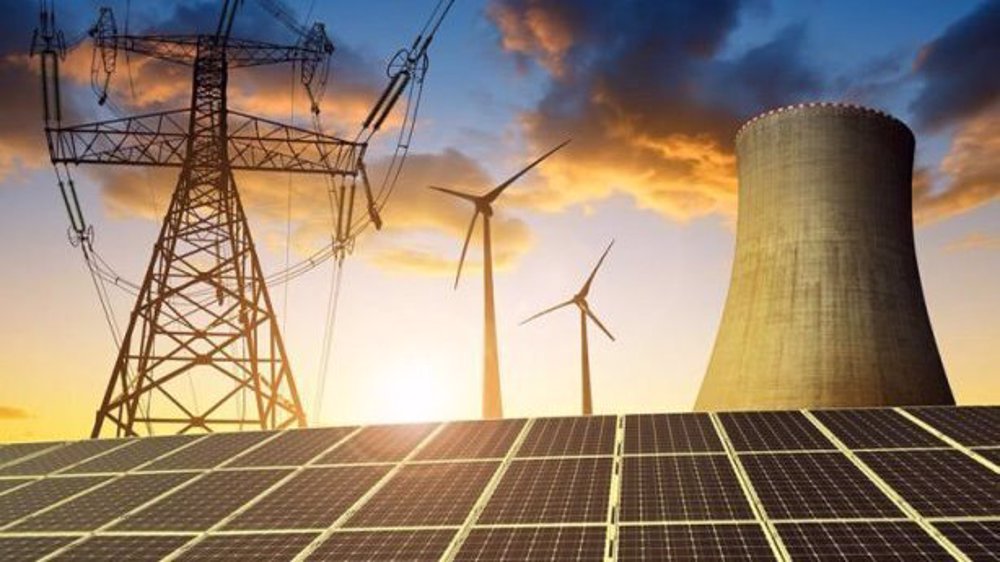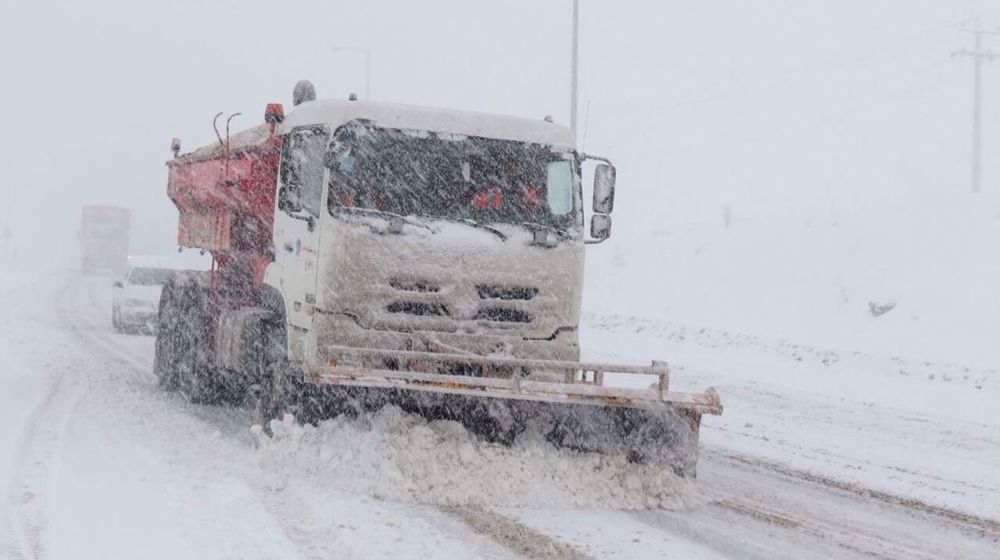Iran restores use of smart cards for fuel delivery
Motorists in Iran have to use smart cards to buy fuel as the government moves to restore a system which could ration gasoline and diesel amid prices that have caused a surge in trafficking to neighboring countries.
The National Iranian Oil Product Distribution Company (NIOPDC) said on Monday that fuel delivery in gas stations in the capital Tehran, as well as in three metropolitan cities of Karaj, Tabriz and Esfahan, will only be possible as of Tuesday if motorists used their smart cards.
The so-called “fuel card” scheme was introduced in 2007 as part of government plans to cut spending on fuel subsidies and use it in infrastructure programs. Under the old system motorists had been assigned with 60 liters of gasoline each month that they could buy at a heavily subsidized price at gas stations.
However, a steep devaluation in Iran’s currency rial that began last year following imposition of American sanctions led to a massive surge in fuel trafficking to neighboring countries and prompted the government to restore use of cards that had become almost redundant over the past years.
The NIPODC has yet to announce any decision regarding potential rationing of gasoline or diesel and whether there would be a return to a two-price system for those fuels.
The company said motorists would be able to use cards belonging to the staff at gas stations for a limited period of time, meaning a mandatory use of the cards would be imminent.
Estimates suggest Iran, now a gasoline-exporting country, is consuming more than 100 million liters of the fuel each day.
Gasoline is delivered at stations at a price well below those existing in the markets, currently around $0.083, prompting traffickers to siphon it through porous borders east and west of the country and onboard vessels to Arab states in the Persian Gulf.
Yemeni armed forces down F-18 fighter jet, repel US-UK attack: Spokesman
Iran warns against US-Israeli plot to weaken Muslims, dominate region
VIDEO | Public uproar in US against Israeli regime
‘Ghost town’: 70% of Jabalia buildings destroyed by Israel
Mother’s Day: Sareh Javanmardi’s inspiring journey as Paralympic champion and mother
Russia downs over 40 Ukrainian drones as Putin vows 'destruction' on Kiev
VIDEO | Yemen: A bone in Israeli neck
D-8’s role in Iran’s economy after Cairo summit











 This makes it easy to access the Press TV website
This makes it easy to access the Press TV website